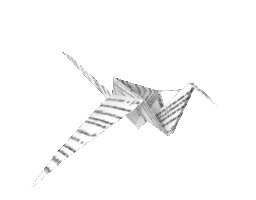Researcher
Michael Wegner
Friedrich-Alexander-University Erlangen-Nürnberg
Statistics
160 papers found
Papers authored by Michael Wegner

Refreshing results…






1995
Hubert Leger,
Elisabeth Sock,
Karin Renner,
Friedrich Grummt,
Michael Wegner  Download from journals.asm.org
Download from journals.asm.org
 Download from journals.asm.org
Download from journals.asm.org











1989
Michael Wegner  ,
Elke Helftenbein,
Friedemann Müller,
Matthias Meinecke,
Sabine Müller,
Friedrich Grummt
Download from dx.doi.org
,
Elke Helftenbein,
Friedemann Müller,
Matthias Meinecke,
Sabine Müller,
Friedrich Grummt
Download from dx.doi.org
 ,
Elke Helftenbein,
Friedemann Müller,
Matthias Meinecke,
Sabine Müller,
Friedrich Grummt
Download from dx.doi.org
,
Elke Helftenbein,
Friedemann Müller,
Matthias Meinecke,
Sabine Müller,
Friedrich Grummt
Download from dx.doi.org


Michael Wegner  ,
Gerd Zastrow,
Andra Klavinius,
Sojna Schwender,
Friedemann Müller,
Hans Luksza,
Jürgen Hoppe,
Johannes Wienberg,
Friedrich Grummt
Download from doi.org
,
Gerd Zastrow,
Andra Klavinius,
Sojna Schwender,
Friedemann Müller,
Hans Luksza,
Jürgen Hoppe,
Johannes Wienberg,
Friedrich Grummt
Download from doi.org
 ,
Gerd Zastrow,
Andra Klavinius,
Sojna Schwender,
Friedemann Müller,
Hans Luksza,
Jürgen Hoppe,
Johannes Wienberg,
Friedrich Grummt
Download from doi.org
,
Gerd Zastrow,
Andra Klavinius,
Sojna Schwender,
Friedemann Müller,
Hans Luksza,
Jürgen Hoppe,
Johannes Wienberg,
Friedrich Grummt
Download from doi.org

Missing publications? Search for publications with a matching author name.